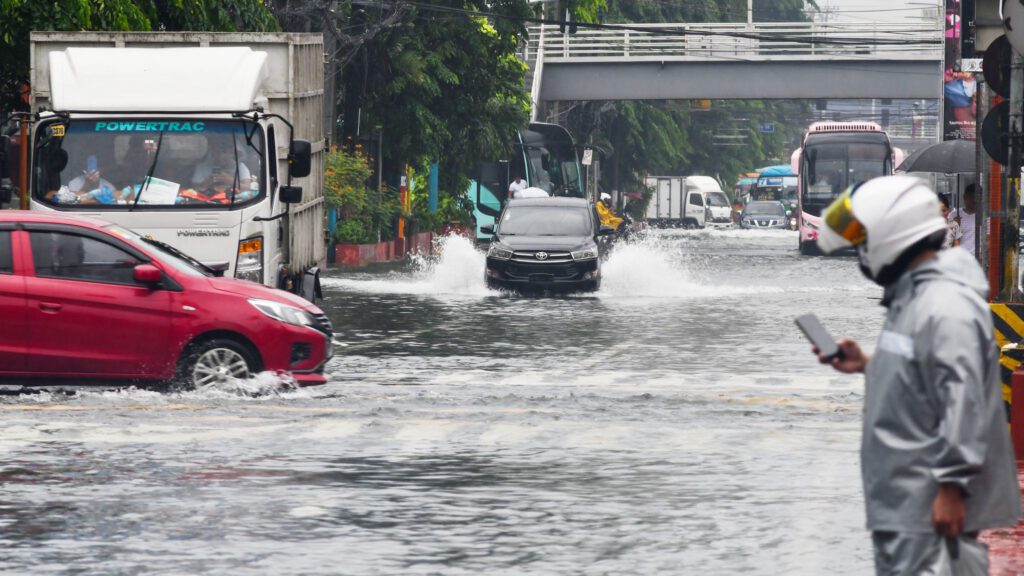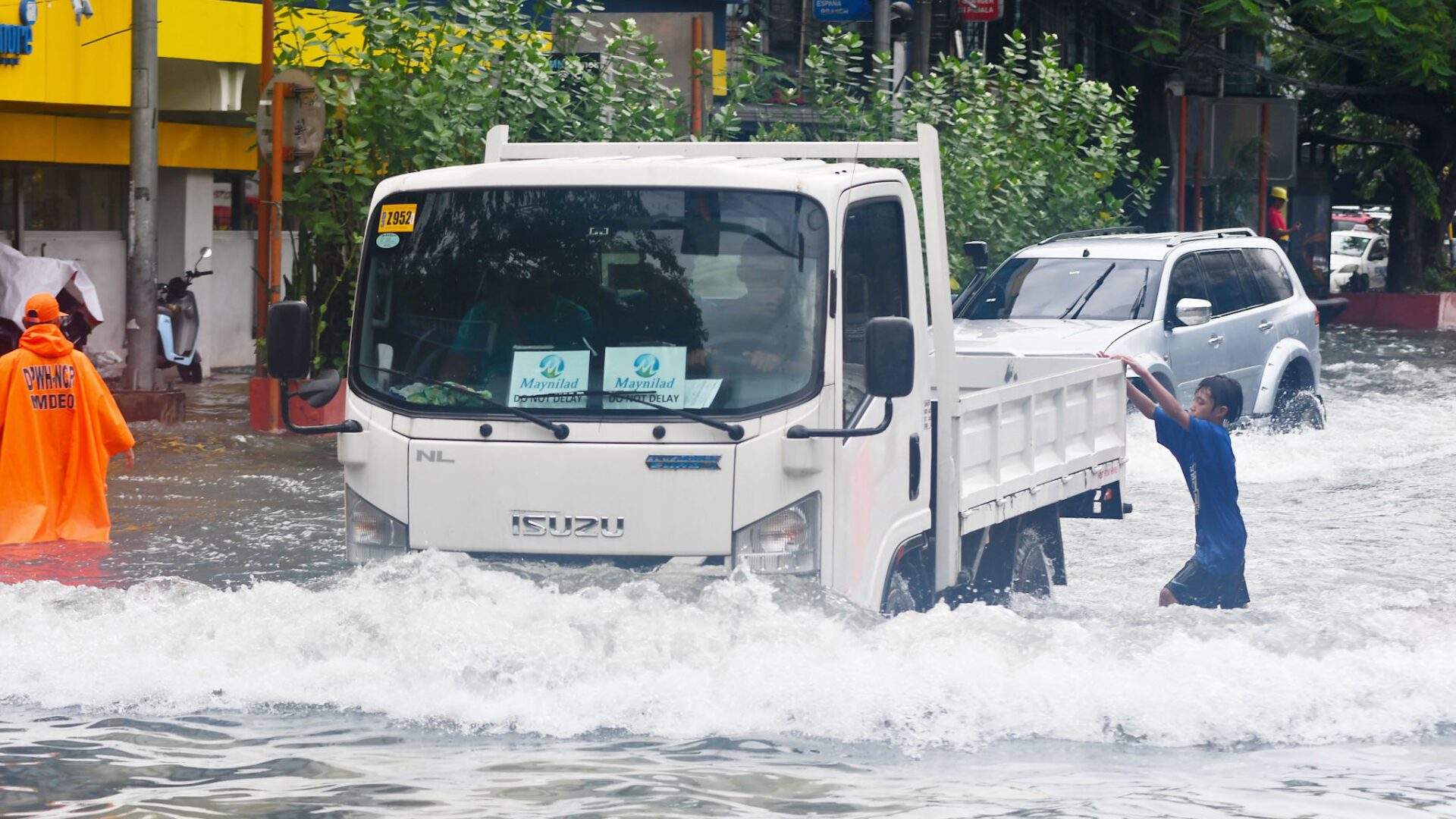Despite the downpour that soaked Metro Manila’s roadways Monday morning, the Metropolitan Manila Development Authority (MMDA) did not loosen its grip on traffic rules. The number coding scheme remained in full effect—rain or shine—until past noon, when higher authorities intervened and called a temporary halt.
For motorists navigating the urban jungle, the number coding system means that vehicles with plate numbers ending in “1” and “2” are sidelined during peak congestion windows—7:00 a.m. to 10:00 a.m. and again from 5:00 p.m. to 8:00 p.m.
In succeeding days, amid the furious onslaught of habagat, the MMDA appears to have learned some lessons.
While rainfall often prompts calls for flexibility, the MMDA’s stance remains clear: the fight against gridlock continues, undeterred by puddles and poor visibility. Number coding isn’t taking a rain check, but does it make sense over the long term?

The number coding scheme—officially known as the Unified Vehicular Volume Reduction Program (UVVRP)—has long been a fixture in Metro Manila’s traffic management playbook. But when it comes to commuter sentiment, the road is anything but smooth.
It helps ease congestion
Some commuters believe the scheme reduces vehicle volume during peak hours, especially along major arteries like EDSA and C5.
It also encourages people to opt for shared rides or public transportation, promoting more efficient use of the roads.
Fewer cars on the road mean lower emissions, which appeals to eco-conscious residents.
Inconvenient, inequitable
Many argue that public transport isn’t robust enough to absorb displaced private car users, especially during commuting hours, because of limited alternatives.
Employees with rigid schedules often struggle to comply, leading to missed hours or costly workaround solutions.
Some feel the scheme penalizes those who can’t afford multiple vehicles or flexible transport options.
Common workarounds
From 10:01 a.m. to 4:59 p.m., coded vehicles are permitted on the road, providing commuters with a planning buffer.
Electric vehicles, medical professionals, and public utility vehicles are among those spared from restrictions.
Greener roads ahead?
The number coding scheme wasn’t just designed to unclog Metro Manila’s traffic arteries. It also has environmental ambitions that impact the city’s air quality and carbon footprint.
By limiting the number of vehicles on the road during peak hours, the scheme helps reduce greenhouse gases and particulate matter (PM) emissions from tailpipes.
Fewer cars mean less smog, especially in high-density corridors like EDSA and C5, which are notorious for pollution spikes.
The exemption of electric and hybrid vehicles nudges motorists toward greener alternatives.
Limitations and challenges
The road to green motoring is fraught with challenges. Some drivers simply shift their travel times or use secondary vehicles, which can dilute the intended environmental benefits.
If commuters switch to older, less fuel-efficient buses or jeepneys, the net environmental gain may be marginal.
The lack of complementary policies impairs the efficiency of traffic management. Without robust support for mass transit and non-motorized transport, the scheme’s green potential remains underutilized.
However, recent updates to the coding scheme in 2025 reflect a broader push for environmental accountability. Expanded coverage and stricter hours aim to deepen its impact, while exemptions for EVs and medical vehicles show a tilt toward prioritizing essential and eco-friendly mobility.





